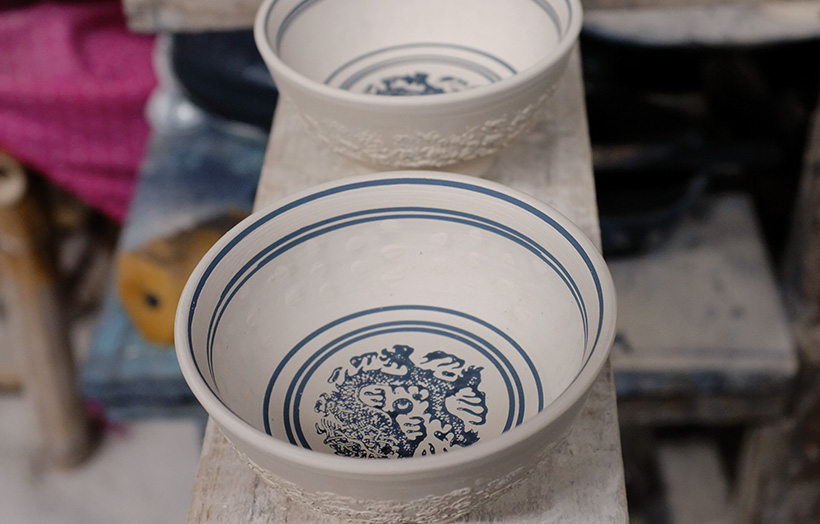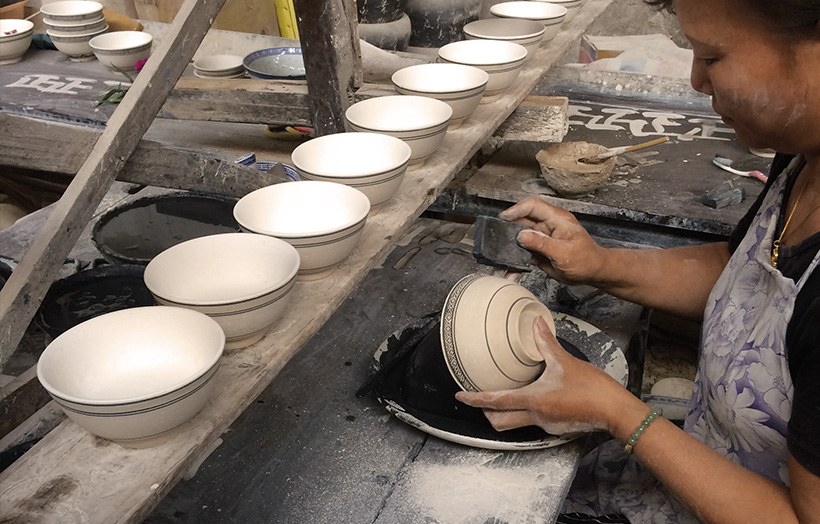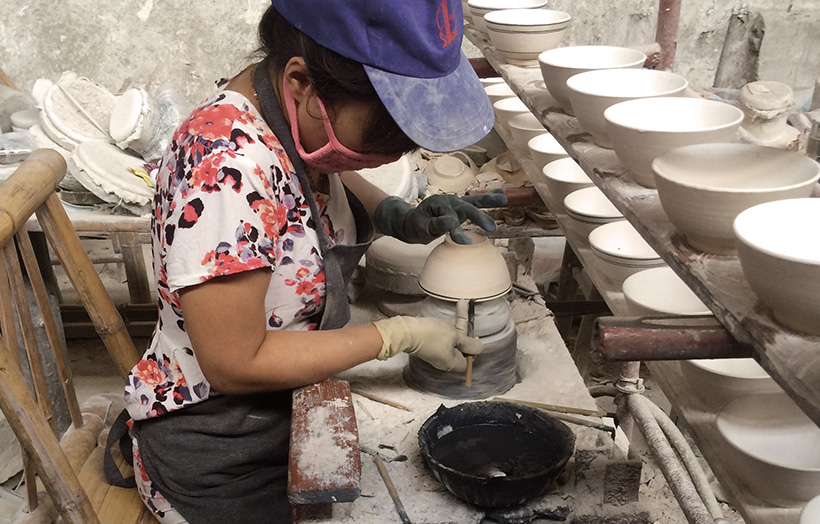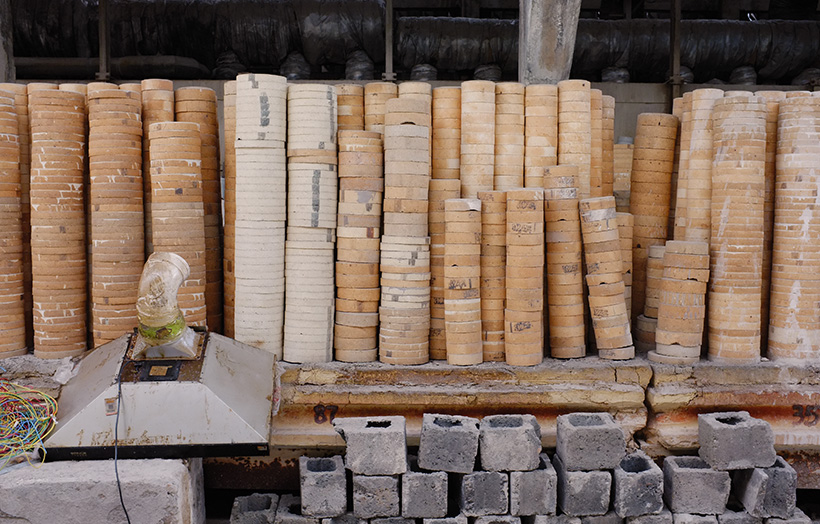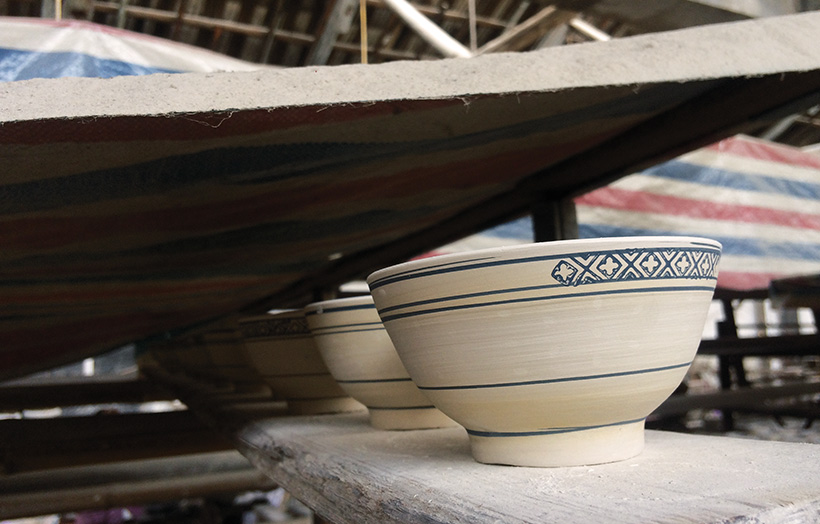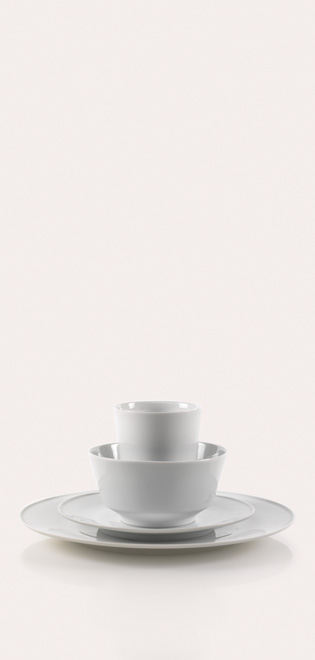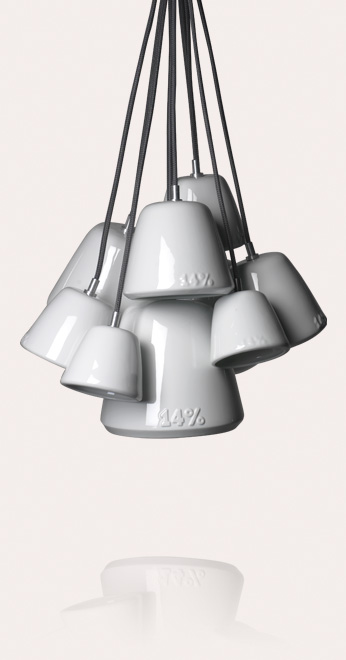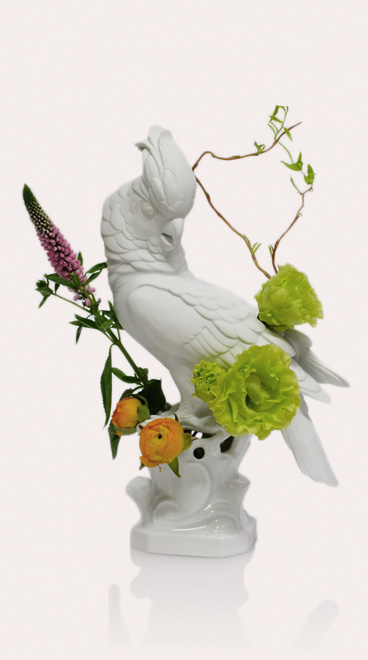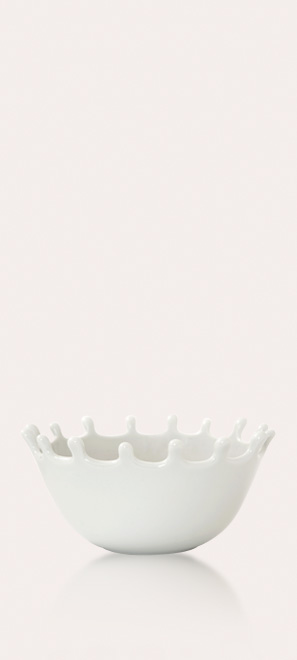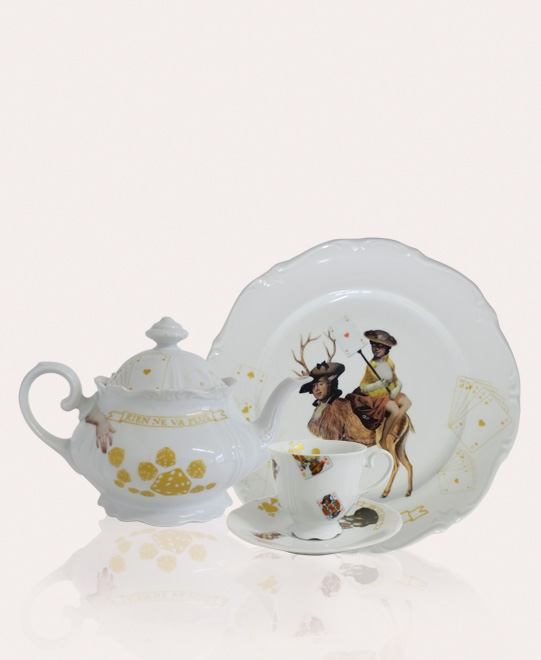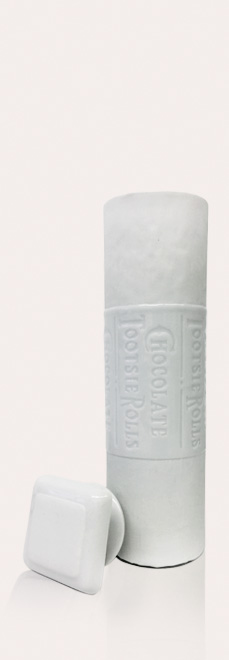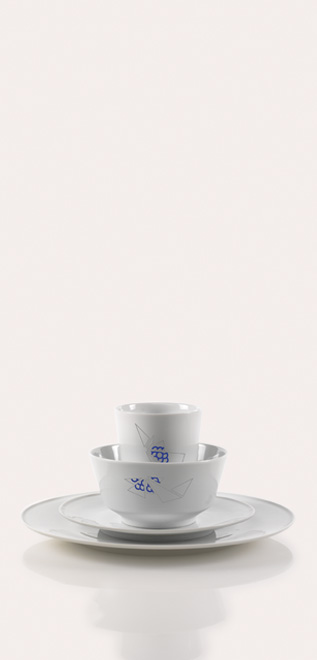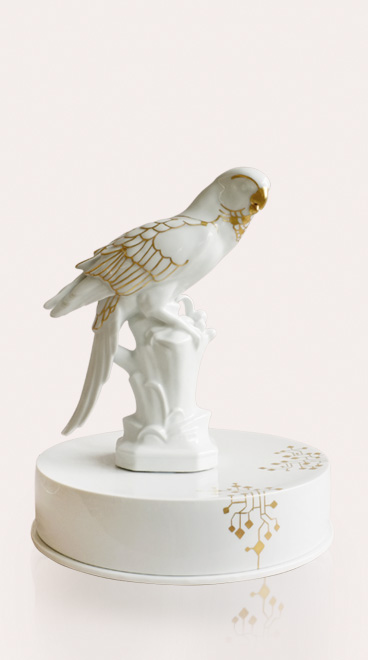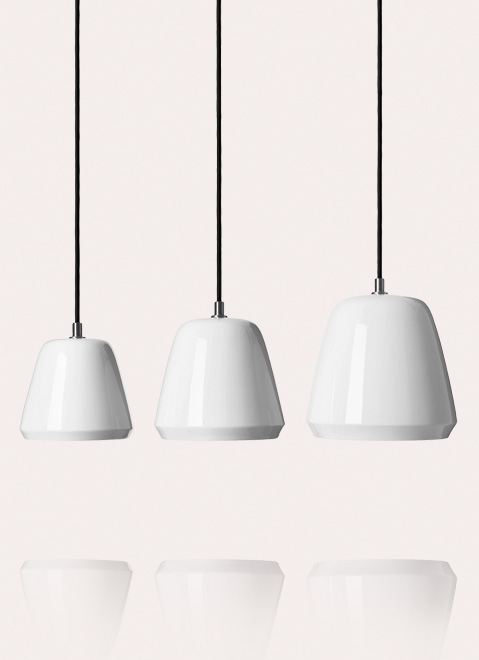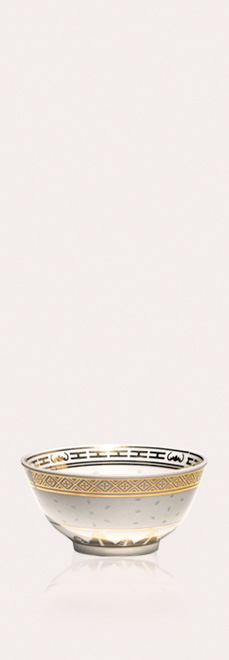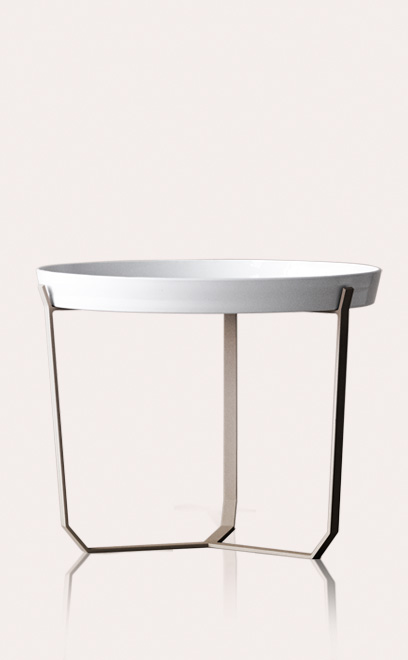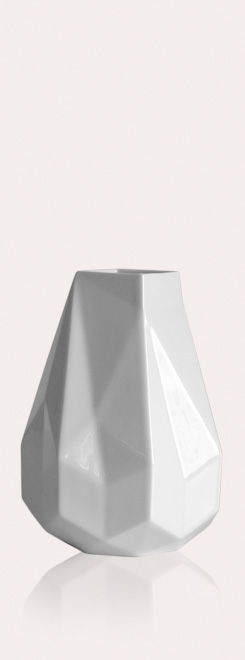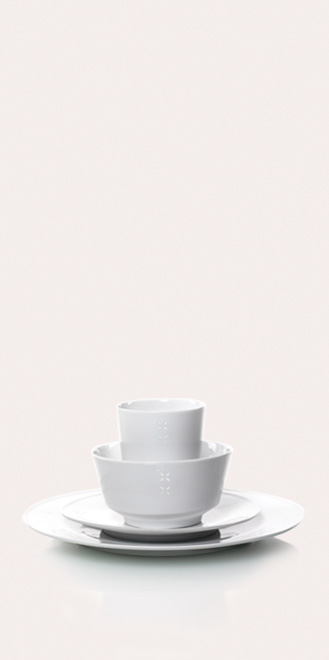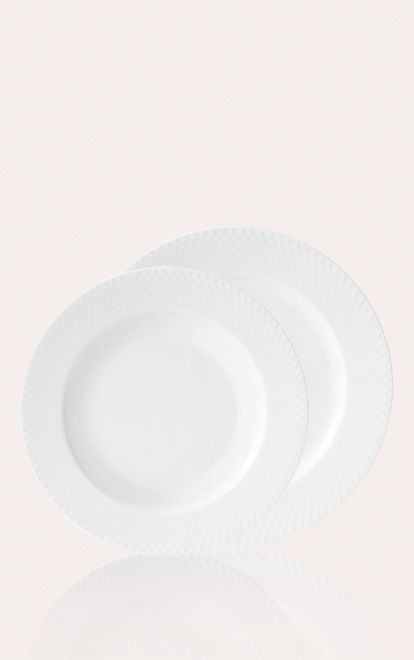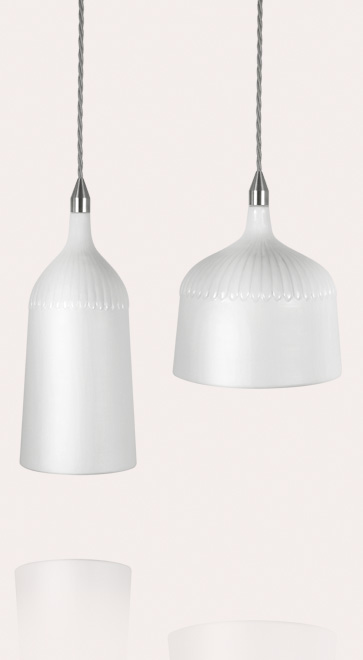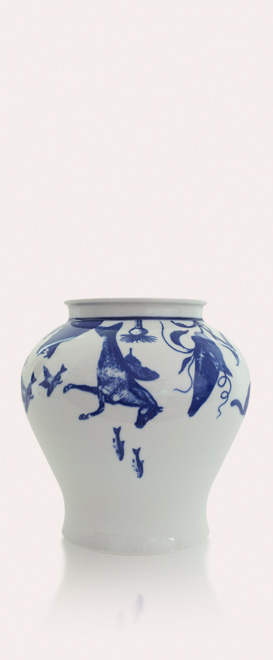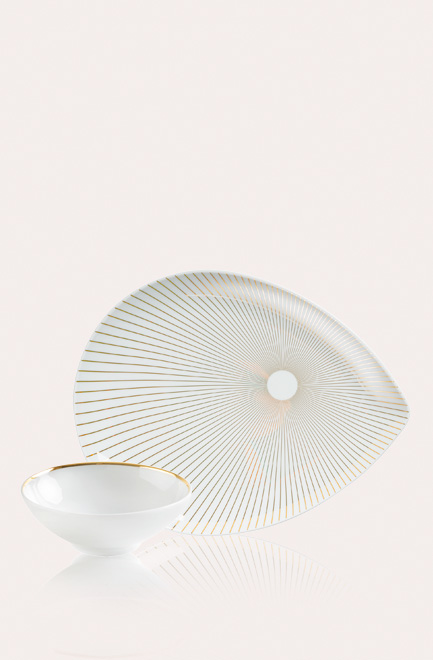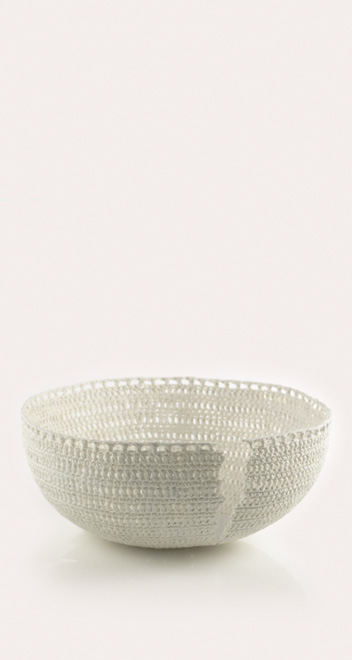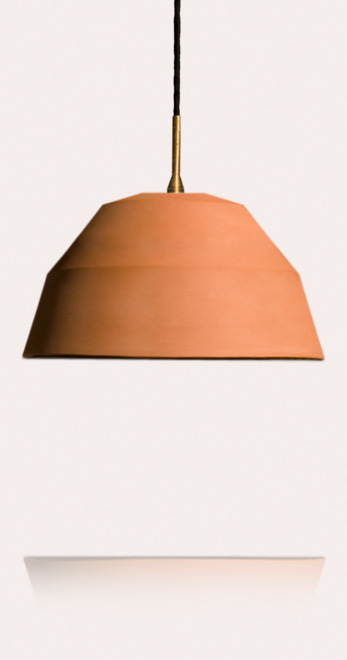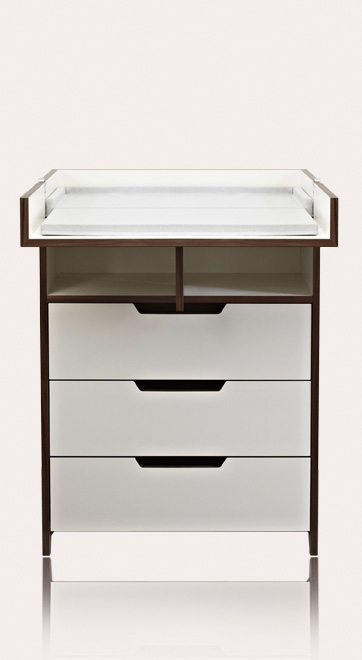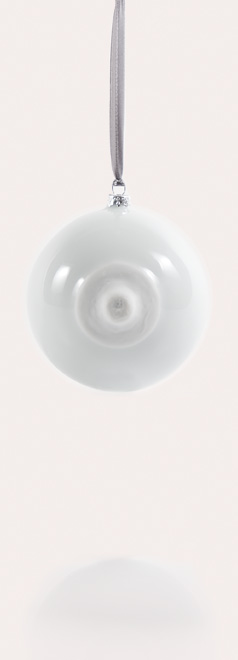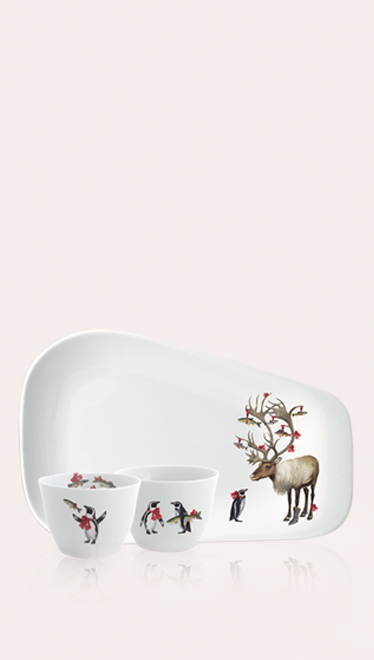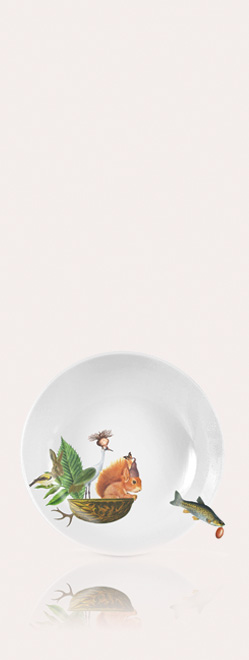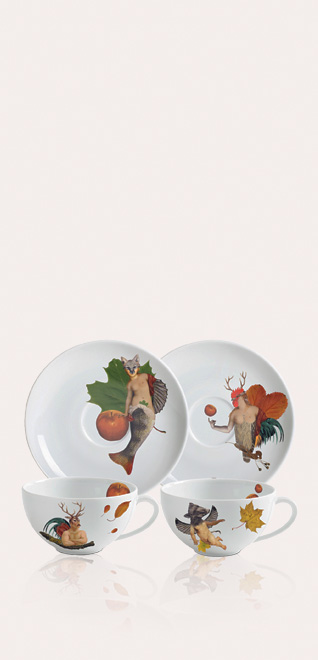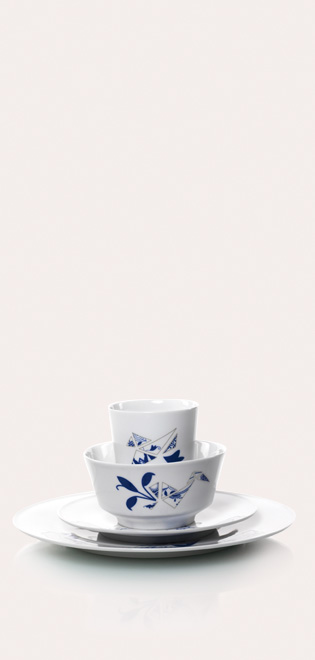a rice bowl for millions
This is where the story begins...
Jingdezhen in China is the birthplace of porcelain. Porcelain products have been produced here for over a thousand years and have been exported all over the world. In addition to the most famous and most valuable of all works in porcelain – the vases of the Ming dynasty – the world’s most sold rice bowl also originates from Jingdezhen. Everyone is familiar with it, many have already eaten from it, some have it at home: the blue and white rice bowl (usually purchased very cheaply) made in China.
The rice bowl with an underglaze blue and rice pattern is formally based on a bowl design created in the 19th century in Jingdezhen. This design was exclusively produced for the Chinese imperial court and can hardly to be surpassed in it’s accomplished craftsmanship. The bowls were thrown by hand and garnish with holes, which were later closed again with glaze. This technique is called rice pattern. The bowls are hand painted with cobalt decor. The rim of the bowl is decorated with a banderole of abstractly illustrated bats, a Chinese sign for happiness. The bottom of the bowl is decorated with a dragon outfitted with five claws on each paw, symbolizing the Chinese emperor. The bowls were additionally decorated with gold after the glaze firing.
In the 1950s and 1960s, the now well-known blue and white rice patterned bowl design was developed based on ancient bowl design. The political system in China had changed and in communism luxury goods such as porcelain, intended exclusively for the nobility, were undesirable. Jingdezhen, highly specialized in manual production of valuable porcelain, realigned it’s production to mass and industrial goods. Since the fifties, therefore, the blue and white rice patterned bowl has been produced in the nationally-owned enterprise for rice pattern porcelain in Jingdezhen.The bowl quickly evolved into an export hit. The vast size of this former factory in Jingdezhen, which has since decayed, still indicates its formerly enormous production capacity.
The formal proximity between the well-known cheaply produced rice bowl and its stylistic predecessor from the 19th century is remarkable. The dragon is still to be found on the bottom of the bowl. Now, however, the dragon features a claw less so as to no longer be regarded as a symbol of the Emperor. The banderole which circulate the bowl’s rim also refers to the predecessor bowl. The bat, too, can be still found here. The bowls could be produced very cheaply in Jingdezhen due to the very low labor costs and an increasingly obvious slump in the economy. Especially in the eighties the Chinese rice pattern porcelain flooded Western markets, selling in Chinese and Asian import stores all over the world. Here the porcelain was sold extremely cheap. The quality of the goods was poor.
At the end of the nineties, the production plant of the rice pattern porcelain went bankrupt and the nationally-owned enterprise was dissolved and transferred into private ownership. The economic dictum in the People's Republic had changed. The market economy and the private sector superseded state-directed economy. During this time many nationally-owned enterprises in China liquidated, to be taken over by private companies.
The management of the production of rice pattern porcelain could hardly match the old ‘success’, and so today's production site for the blue and white rice patterned porcelain is much smaller than in the eighties. Whether this is due to the now fortunately higher wages and resulting prices or due to the dwindling demand and the large stocks of rice pattern porcelain worldwide is not to be said. One thing, however, seems clear: the production has extremely declined, and only a few articles are still produced in Jingdezhen each year. In the near future the rice pattern bowl could thus become a rarity again, or even simply fall into oblivion just as many mass products have. Time will tell.
The rice pattern bowl with golden decor was developed in cooperation with the original production plant and refers to the history of China’s most successful export hit to date.





